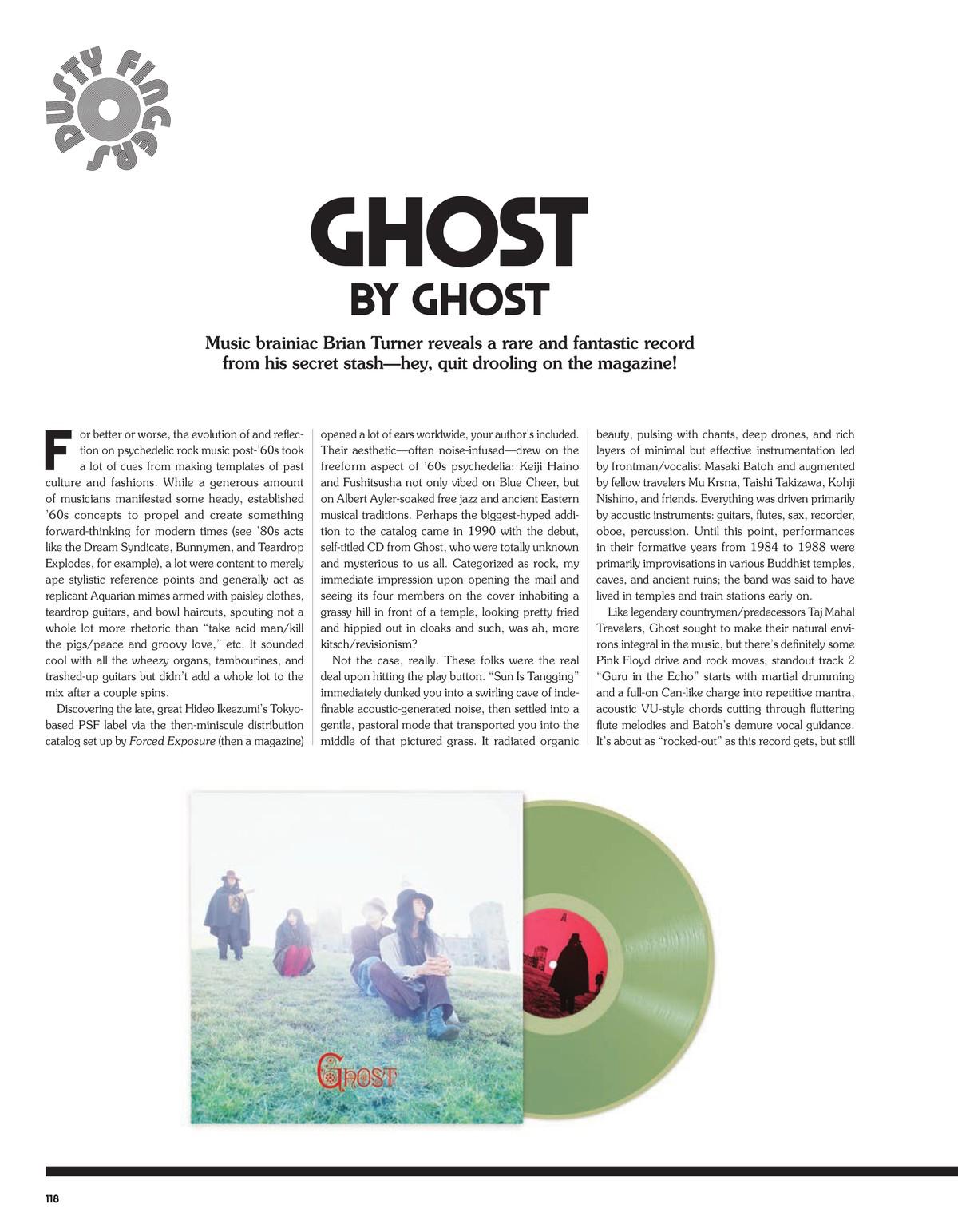GHOST BY GHOST
Ghost by Ghost


For better or worse, the evolution of and reflection on psychedelic rock music post-’60s took a lot of cues from making templates of past culture and fashions. While a generous amount of musicians manifested some heady, established ’60s concepts to propel and create something forward-thinking for modern times (see ’80s acts like the Dream Syndicate, Bunnymen, and Teardrop Explodes, for example), a lot were content to merely ape stylistic reference points and generally act as replicant Aquarian mimes armed with paisley clothes, teardrop guitars, and bowl haircuts, spouting not a whole lot more rhetoric than “take acid man/kill the pigs/peace and groovy love,” etc. It sounded cool with all the wheezy organs, tambourines, and trashed-up guitars but didn’t add a whole lot to the mix after a couple spins.

